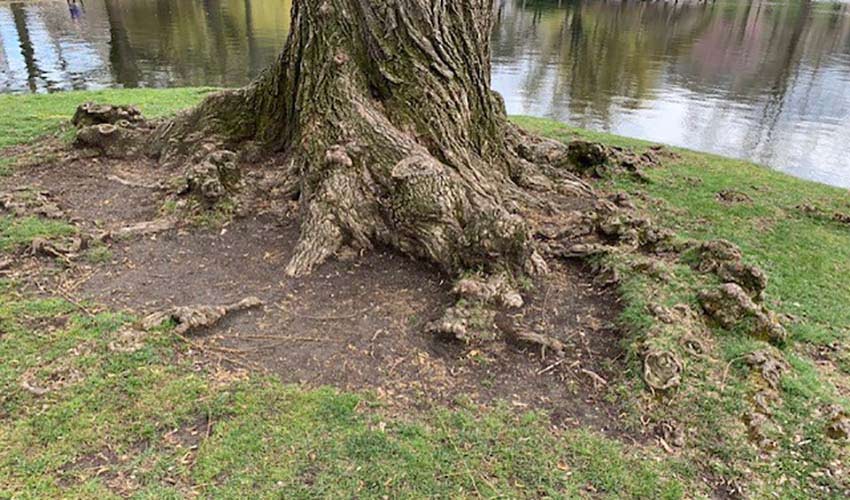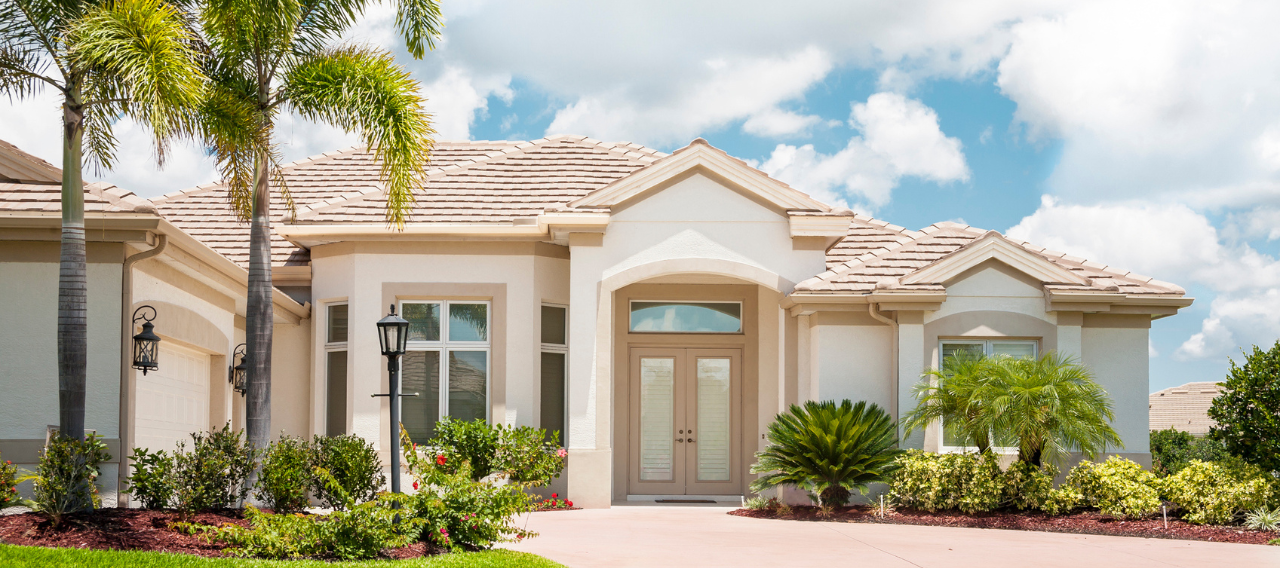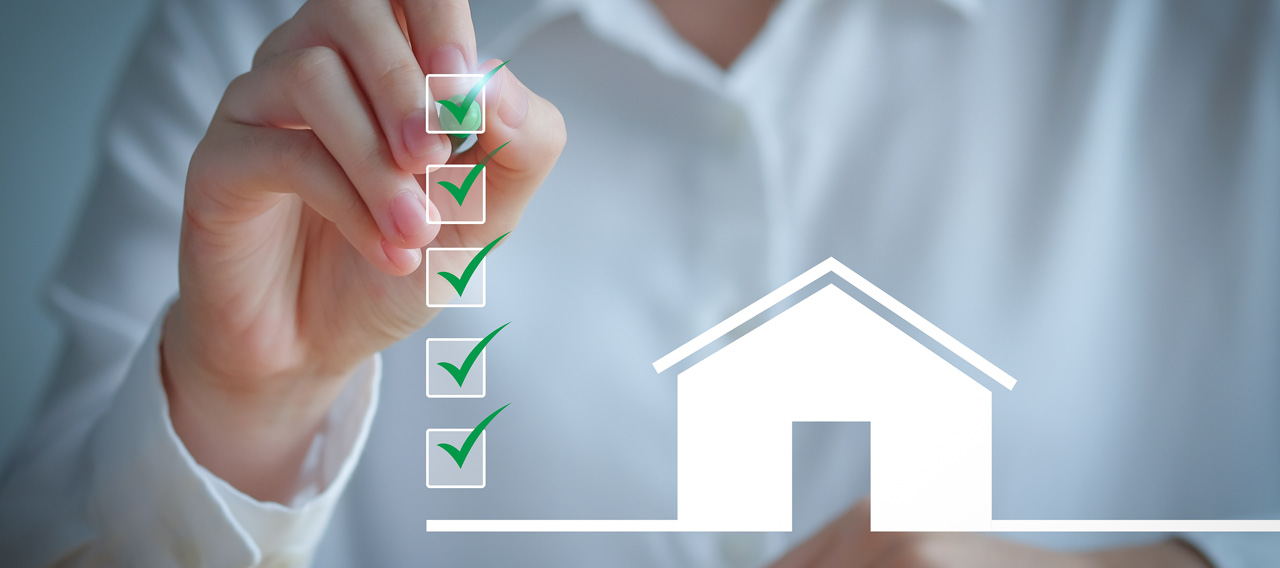- Individuals & Families
- Businesses
- Agents & Brokers
- Embedded Insurance

Chubb ranked #1 for Customer Satisfaction with the Home Insurance Claims Experience

Chubb ranked #1 for Customer Satisfaction with the Home Insurance Claims Experience

Chubb ranked #1 for Customer Satisfaction with the Home Insurance Claims Experience

Chubb ranked #1 for Customer Satisfaction with the Home Insurance Claims Experience

Because pets are family, Chubb now offers pet insurance with top-rated coverage from Healthy Paws.

Chubb offers the insurance protection you need for travel’s many “what ifs”.

Chubb protects small businesses at every stage – from newly formed start-ups to long-time anchors of the community.

Stay ahead of cyber threats with our free Cyber Claims Landscape Report.

Learn more about our dedicated learning paths, Online Learning Center, and more.

Many digital-savvy consumers look for it as a core or add-on option.

Many digital-savvy consumers look for it as a core or add-on option.

Many digital-savvy consumers look for it as a core or add-on option.

Chubb’s in-house technology makes it easy to integrate what we do into your customer experience.
-
About
-
Claims
-
Login & Pay Bill
For Agents & BrokersFor Travel Advisors
-
Back
As the weather gets warmer and the days grow longer, your attention may turn to your lawn and landscaping and making sure they are green and lush. But what about the health of your trees? While your landscaper will focus on the beauty of your grounds, they may not pay attention to the vitality of the trees or woods around your property. With summer approaching, the risk of severe weather such as wildfire and high winds increases. In addition to harsh weather, infestation and disease can easily damage unhealthy trees and cause damage to your home and property nearby. That’s why, each spring, it is important to inspect the trees on your property to make sure they are truly healthy.
Consider the following when evaluating trees and the surrounding area on your property:
- Is the tree leaning? If a tree is leaning toward your home, consider closer evaluation of the branches, leaves, trunk, roots and/or soil to make sure the tree is healthy and well anchored.
- Are there dead or broken branches and thin or missing leaves? Are there a lot of dead branches? Are they in the lower part of the tree or just on one side? If the answer is “yes” to any of these questions, your tree may be sick, imbalanced or possibly dying.
- Are there cavities or splits in the trunk, missing bark, or pockets of decay? If so, you may have an unhealthy tree on your hands. A crack or split in the tree trunk could be a sign the tree will fall or break apart at any moment. Missing bark is often a sign of a dead section of the tree, which can be caused by a surface wound, infection or fungus attack.
- Is there fungus near the tree’s roots or trunk? Is the soil cracked and/or raised? If you see fungus on or near the tree’s roots and/or trunk, the tree may be decayed. Decay will weaken the tree and make it more apt to fall. Consider contacting a certified arborist immediately if the tree is located near your home.

- Is the soil cracked and/or raised? Examining the soil around your tree can also give you an indication of the health of your tree. Cracked or raised soil may be a sign that the tree is in the process of uprooting, which is often the first step to a tree falling over.
- What trees may need a little extra care? While walking your property it is a good time to identify the trees that need pruning or trimming. Hints that your tree(s) are in need of such attention include broken branches, cracks, crossing or wandering branches, dead wood, excessive greenery, tree cankers, uninhibited tree growth and misshaped trees. Also, special attention should be paid to any trees within 20 feet of your home and/or outbuildings.
Pruning needs and the time of year may vary depending on the type of tree. You may want to contact your local Cooperative Extension Service to get free advice and help you with your tree inventory. Some have a certified arborist or horticulturist on staff.
If you detect any of these warning signs, it may be time to hire an arborist for a professional opinion before an unhealthy tree causes damage to your home and property. Click here to find a reputable arborist near you and schedule an appointment.
For additional tips regarding maintaining your tree’s health and recognizing basic problems yourself, check out this resource for more information.
Insights and expertise








Get a personal insurance quote
Work with an independent agent to get personalized insurance solutions.
This document is advisory in nature and is offered as a resource to be used together with your professional insurance advisors in maintaining a loss prevention program. It is an overview only, and is not intended as a substitute for consultation with your insurance broker, or for legal, engineering or other professional advice.
Chubb is the marketing name used to refer to subsidiaries of Chubb Limited providing insurance and related services. For a list of these subsidiaries, please visit our website at www.chubb.com. Insurance provided by ACE American Insurance Company and its U.S. based Chubb underwriting company affiliates. All products may not be available in all states. This communication contains product summaries only. Coverage is subject to the language of the policies as actually issued. Surplus lines insurance sold only through licensed surplus lines producers. Chubb, 202 Hall's Mill Road, Whitehouse Station, NJ 08889-1600.


